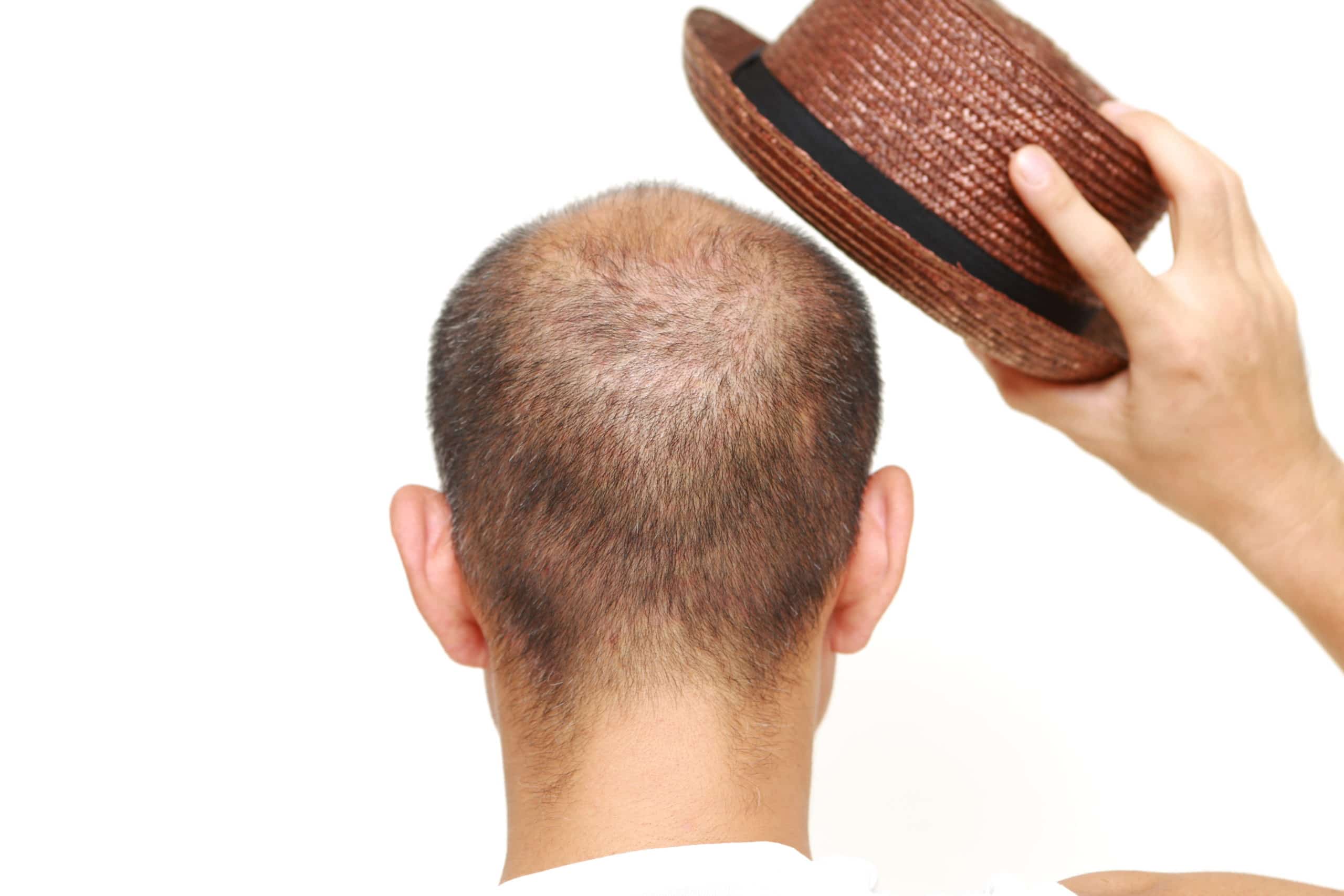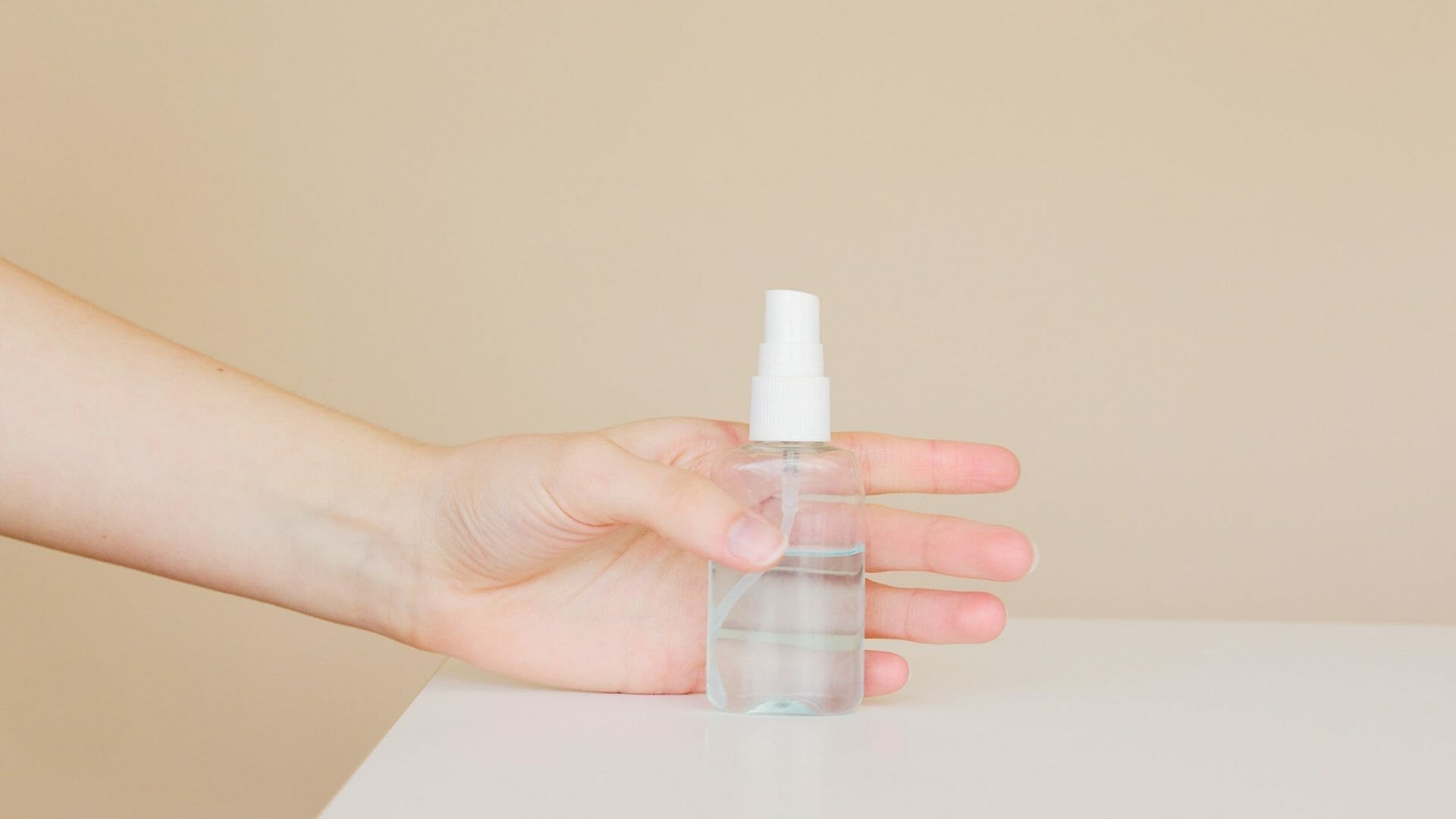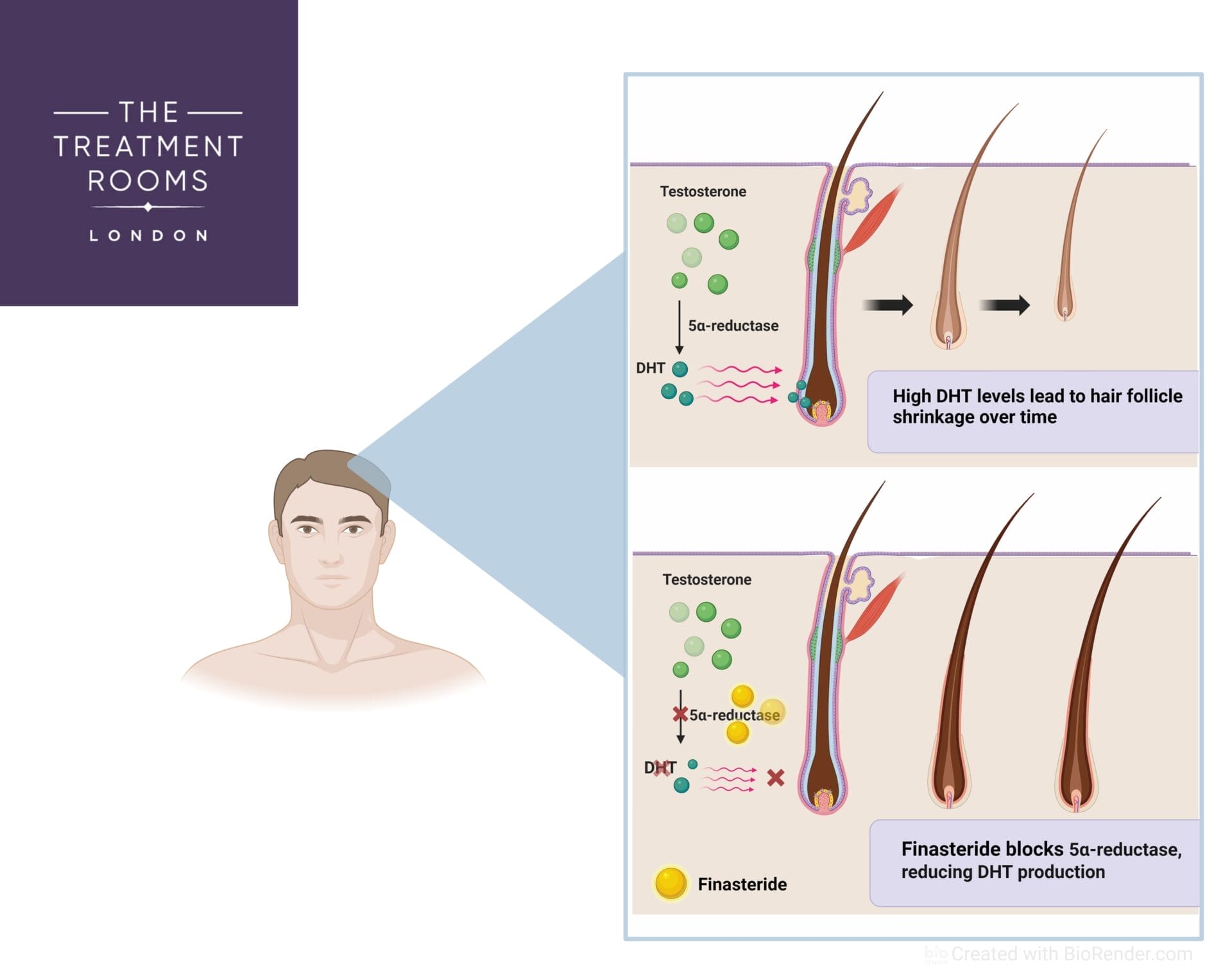Smoking has been known to affect hair growth due to the nature of the chemicals found in cigarettes, vapes and other nicotine-containing items (such as cigars, pipes and patches)1.
The blood vessels of the scalp can be affected by smoking and nicotine-containing products, and thus blood flow to the area is reduced. Due to the reduction in oxygen supply, patients will suffer from slower wound healing and an increased risk of infection. In rare cases, smoking can even cause tissue “necrosis”, or death of the tissues.
In this article, we will explore the effect smoking has on our scalps, as well as ways you can prevent this damage.
How Do Wounds Heal?
Normal wound healing involves four crucial steps.
- Blood clotting
- Inflammation
- Growth and Rebuilding
- Strengthening
We can observe these four steps during the process of hair transplant surgery, for context.
- Blood clotting: During the incision and extraction phases of surgery, cuts to the area cause immediate bleeding and irritation. The body then responds by clotting the site of injury, to prevent further bleeding. Over a period of a few days our body’s immune cells and platelets turn these clots into healing scabs which eventually wash away during the first week after surgery.
- Inflammation: To prevent infection at the sites of injury, white blood cells rush to the area. White blood cells are important for helping the body fight off germs and infection, and oversee the body’s repair process.
- Growth and Rebuilding: Collagen is secreted, a key component in wound healing which helps cells build new, strong tissue. This can be seen on the scalp as reddish brown scabbing as healing progresses, and can become dull and dry like a protective barrier as the wound continues to mend.
- Strengthening: As the new tissue heals, the scabs become tighter and puckered in preparation for falling off to reveal fresh skin underneath. In surgery, incisions can heal rapidly in the first four to six days, with further healing occurring in the months following the injury. As the wounds heal, skin loses its redness and inflammation settles. You should have healed entirely by 1 month after surgery.
How Does Hair Grow?
Deep in the skin sits the hair root and bulb. At the base of the hair bulb lies small blood vessels that supply the hair shaft and bulb with rich, nutritional blood. This rich supply of blood allows the regeneration of hair cells and for each hair follicle to actively undergo its own cycle through growth, maintenance and resting phases.

The active growth phase of hair is known as the Anagen Phase, with approximately 85% of our hair in this phase at any given time2. During this phase, the hair follicle draws extensively on rich, nutritional blood to thrive; after hair transplant surgery this supply of highly oxygenated and rich blood is especially important to aid the healing process. You can see the process of FUE hair transplant surgery below. The other type of hair transplant procedure is FUT hair transplant surgery.
The Effects of Smoking After Surgery
Hair transplant surgery involves taking hair from the back and the sides of the head, where hair is less susceptible to being lost, and placing them into areas in the hairline, temples or crown where hair loss and balding has occurred. The incisions made when taking out the hair, and putting them back in create sites for possible complications from smoking. The risks of surgery and how smoking can affect wound healing can be grouped into two areas:
- Post-Operative Infection and Immunity
- Necrosis and lack of blood supply
Post-Operative Infection and Immunity
Infection occurs when bacteria, fungi or viruses enter an open wound and thrive, creating inflammation and damaging surrounding tissues. As the scalp is richly supplied in blood by a large network of blood vessels, immune cells are quickly able to bind together at sites of infection to quickly target these microbes3,4.
Smoking affects the immune system in diverse ways. It hinders the function of immune cells, which prevents them from performing their actions effectively to target inflammation and clear away debris. It additionally reduces the ability of immune cells to fight infection, which impairs healing and prevents healthy regeneration of cells such as hair follicles5.
Symptoms of infection include pain, redness, itching or burning sensations, swelling and oozing pus or abscess formation. These symptoms can be addressed with good hygiene habits, keeping the scalp clean and dry, as well as medical treatments such as oral and topical antibiotics. It is important to note that even with treatment, due to how deeply smoking can impair the immune system, antibiotics may sometimes not be sufficiently strong enough to fight wound infections.
Blood Supply and Necrosis
The active ingredient in smoking devices, Nicotine, is a potent vasoconstrictor. This means that this chemical causes narrowing and constriction of blood vessels all over the body. In hair, nicotine is absorbed directly by cells in the bulb, which is the centre of hair cell growth. When the blood vessels surrounding the bulb constrict, it narrows the quantity of essential nutrients getting through to the bulb for hair growth and regeneration. This can cause impaired healing and poor growth of new hairs after surgery6.
Necrosis
A further ingredient found in cigarettes, Carbon Monoxide, binds to red blood cells and reduces the amount of oxygen supplied to the skin. In such circumstances it can causes “necrosis” or death of the tissue. Necrosis happens when blood supply to the wound site is limited or interrupted. When this happens, new hair grafts can die due to lack of oxygenated and rich blood supply.

Luckily, necrosis is considered a rare potential complication of hair transplant surgery, and with timely treatment, can be confined to small, localised areas which can heal in 2-3 weeks. That being said, this complication is painful and disappointing to see, as the grafts affected do not thrive7.
If the quality and quantity of healthy blood required for normal healing is reduced, post-operative recovery can be drastically hindered. For a more in-depth analysis into how smoking can cause and effect hair loss, please see our article here.

Smoking and FUT Hair Transplant Surgery
As FUT hair transplant surgery is a lot more invasive than FUE hair transplant surgery, involving a deep cut at the back of the head, it is important for patients to optimise their healing. Patients who are smoking and considering FUT hair transplant surgery should abstain from smoking for as long as possible before and after surgery to ensure optimal scalp healing.
Achieving A Good Hair Transplant Result
To achieve a good hair transplant result, patients must seriously consider quitting smoking to protect both their health and follicles. It can be a challenge to quit smoking, but with the right advice and support, it is definitely achievable.
Some effective methods to quit include creating plans to avoid triggers (e.g certain social smoking situations or stressors that create the urge to smoke as relief) and therapies to step down and reduce withdrawal symptoms, such as nicotine replacement therapy (NRT).
NRT comes in various forms, such as patches, gums, lozenges and prescription medications.
Psychological and behavioural counselling in-person, over the phone and online are all additional helpful methods of helping stick to a step down plan. Lifestyle changes such as exercise, diet improvements and mindfulness are all ways to alleviate stressors and ease the want to smoke.
To start your journey towards quitting smoking, national quitlines such as NHS Smokefree Helpline, or the American Cancer Society’s Quitline, are both resources that provide expert advice and support.
Every effort to reduce and quit smoking clears the path towards healthy hair growth, and a good hair transplant result. By allowing rich and adequate blood supply to tissues, maintaining healthy blood vessels and keeping your immune system in tip top shape, you have a much better chance of being satisfied with the resulting growth following surgery.
Planning A Second Hair Transplant
If you are a smoker, your surgeon may recommend you undergo a 2nd hair transplant to achieve an outcome you desire. This would be to ensure you don’t undergo a large procedure in 1 sitting that compromises your body’s ability to heal. Your first session of surgery may be performed to achieve a mild level of density with a second session planned to achieve further density to your liking. By splitting the procedure over 2 sessions you allow your skin to heal without being over-traumatised with a large procedure.
Conclusion
While smoking has become a social norm and is tough to work around, it is essential to understand the impact this practice has on our hair and overall health.
At The Treatment Rooms London, we strive to provide high-quality guidance throughout your hair journey and are always happy to address questions about hair growth beyond your transplant. The path to healthy hair can be a very personal journey, with its highs and lows as you adjust lifestyle choices to achieve the best results. With the right motivation and guidance, you can reach the hair transplant result you envision.
Get in Touch
Curious about FUE hair transplant solutions? Secure your no-obligation call with our London hair transplant clinic, or head to our FUE hair transplant clinic in Bristol. We’re also proud to support patients in Oxford and Brighton.
Our award-winning team, including leading London hair transplant surgeons Dr Fernando and Dr Vara, is here to support you every step of the way.
References
- Kavadya, Yatra; Mysore, Venkataram1,. Role of Smoking in Androgenetic Alopecia: A Systematic Review. International Journal of Trichology 14(2):p 41-48, Mar–Apr 2022. | DOI: 10.4103/ijt.ijt_59_21
- Gail Audrey Ann Cooper, Chapter 1 – Anatomy and Physiology of Hair, and Principles for its Collection, Hair Analysis in Clinical and Forensic Toxicology, Academic Press, 2015, https://doi.org/10.1016/B978-0-12-801700-5.00001-7.
- Daniel Yetman Identifying and Treating an Infection Following a Hair Transplant, Healthline.com, August 12, 2021. Medically reviewed by Susan Bard, MD.
- Loganathan E, Sarvajnamurthy S, Gorur D, Suresh DH, Siddaraju MN, Narasimhan RT. Complications of hair restoration surgery: a retrospective analysis. Int J Trichology. 2014 Oct;6(4):168-72. doi: 10.4103/0974-7753.142861. PMID: 25368473; PMCID: PMC4212293.
- Effects of tobacco smoke on immunity, inflammation and autoimmunity, Yoav Arnson a,b c a,b, , Yehuda Shoenfeld , Howard Amital * Journal of Autoimmunity 34 (2010) J258 – J265.
- Dardour JC, Pugash E, Aziza R. The one-stage preauricular flap for male pattern baldness: long-term results and risk factors. Plast Reconstr Surg. 1988 Jun;81(6):907-12. doi: 10.1097/00006534-198806000-00013. PMID: 3375352.
- Chen J, Qu Q, Guo Y, Hu Z, Li X, Fan Z, Yang J, Tang Q, Miao Y. Recipient site scalp necrosis: A rare postoperative complication of hair transplantation. J Cosmet Dermatol. 2024 Feb;23(2):622-629. doi: 10.1111/jocd.16017. Epub 2023 Oct 9. PMID: 37814471.
Share:
Authored by
Reviewed by
Book a Consultation
Related Blogs
Can Black Seed Oil Help Hair Growth?
November 26, 2025
Quick Summary: Black Seed Oil & Hair Growth Black Seed Oil for Hair: Emerging as a key…
Do Hats Cause Hair Loss? Debunking Myths & Understanding the Facts
November 26, 2025
Hats have been a global trend to wear, whether for style, warmth, or sun protection. But have…
What Happens If You Stop Using Minoxidil
November 2, 2025
If you’ve been consistently applying minoxidil to support your hair growth, have you ever wondered what happens…
Unlocking the Secrets of Anagen Follicles
October 23, 2025
Have you ever glanced at a mirror and wondered why some of your hair grows fast and…
Does Finasteride Cause Erectile Dysfunction?
October 22, 2025
Finasteride is one of the most promising medicines against male pattern baldness and benign prostatic hyperplasia (BPH)….
Zinc Supplements After Hair Transplant Surgery: What You Need to Know
October 7, 2025
Zinc is an essential nutrient in wound healing, tissue repair, and the healthy development of hair follicles….
What to Eat After a Hair Transplant: Essential Nutritional Guide
October 5, 2025
After the stress, needles, and surgeries, food becomes more than nourishment. A warm bite, a familiar flavour,…
Hair Loss Treatment That Works: A Complete Guide for 2025
October 3, 2025
Millions of men, women, and teenagers have hair loss problems. In 2025, hair restoration is going through…
What is an FUE Hair Transplant?: A Comprehensive Guide to Procedure, Recovery, and Results
October 3, 2025
Hair transplant surgery has gained popularity over the years, with more people now comfortable taking care of…











